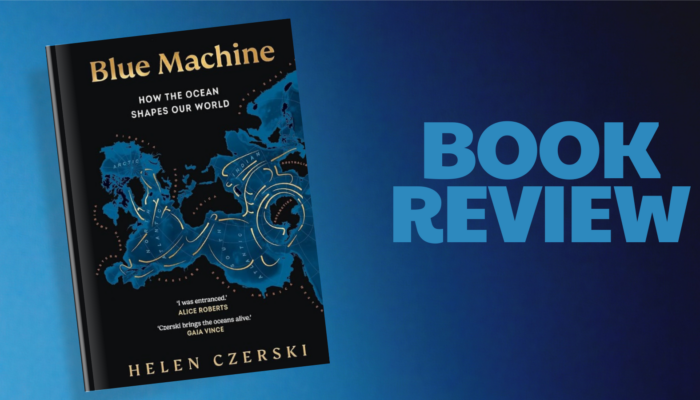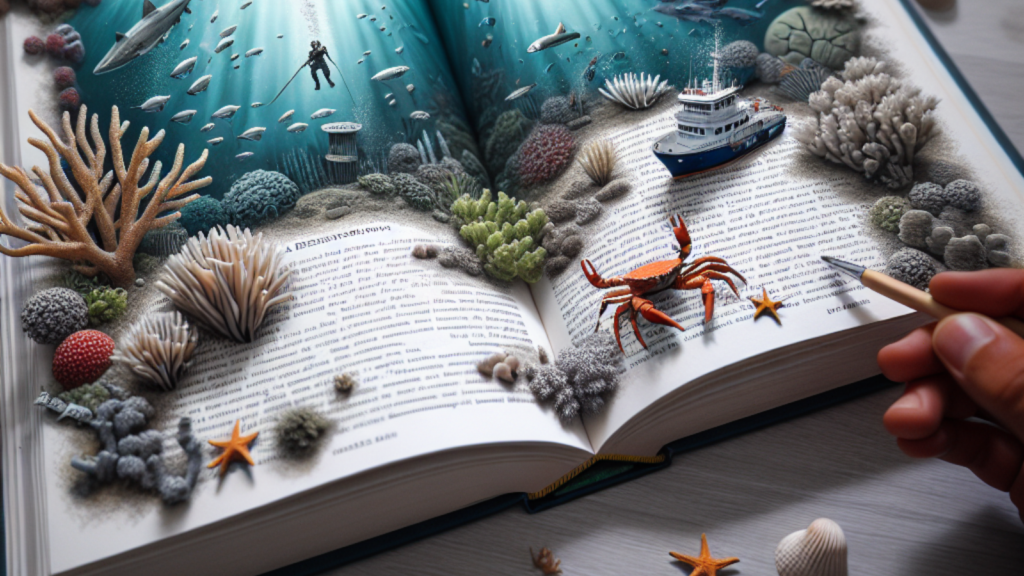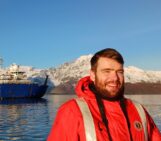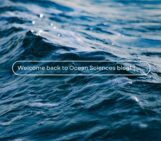
The engine that is Earth’s ocean takes sunlight and converts it into giant underwater currents and waterfalls, hauling around the ingredients for life: nutrients, oxygen and trace metals like potassium and iron, shaping our coasts and transporting heat.
In her book Blue Machine – How the Ocean Shapes Our World, physicist Helen Czerski takes readers on an enlightening journey through the ocean. She explores various aspects of the ocean by blending scientific explanations with historical anecdotes, personal experiences, and fascinating facts. For instance, did you know that underwater, you appear to bleed green blood? Or that the leatherback turtle must cry around eight liters of tears every hour to keep eating without killing herself with salt? Czerski’s book guides us through the global ocean, exploring its history and inhabitants, while teaching us the fundamental workings of the “blue machine.” The main body of the book consists of three parts. In PART ONE: What is the Blue Machine? we learn about The Nature of the Sea, The Shape of Seawater and The Anatomy of the Ocean, followed by PART TWO: Travelling the Blue Machine with Messengers (such as light and sounds), Passengers, and Voyagers. Czerski ends the book with a short PART THREE: The Blue Machine and Us, which consists of the chapter Future.
This book will take you on a voyage through the global ocean, hopping between stories of history and culture, natural history and geography, animals and people, to reveal the basic shape of the blue machine.
Czerski makes complex concepts accessible and engaging by vividly painting pictures with her words. She explains the fundamentals of oceanography by dipping into the history, enriching the book with captivating historical narratives. She shows how things are connected and why we should care about the ocean through stories like that of the Peruvian anchoveta. Once uneaten in the 1950s, it has become a key ingredient in modern industrial farming. Similarly, she writes about the Guano Era, emphasizing its role in the history of fertilization and its economic significance.
A century before Peruvian birds were feeding Britain’s pigs, Peruvian birds were fertilizing our root vegetables. Monty Python-style debates posing the question “But what has the Humboldt Current ever done for us?” could prove time-consuming.
Czerski embeds the explanation of sea ice formation and ice drifting in captivating history anecdotes: We explore the Arctic Ocean alongside historical figures and events such as Nansen and the Fram, the first polar ship to cross the Arctic Ocean and its mosaic of dangerous ice floes in the late 1800s, and Erik the Red. The concept of density is illustrated through marine snails and their evolutionary adaptation to create bubble rafts, while the Earth’s spin is explained by recounting the use of the long-range Paris gun during World War I. Czerski skillfully weaves scientific theories into these stories, making them more relatable and memorable. We follow glass eels from the Sargasso Sea to the River Thames and back, and learn about Mark Antony and Cleopatra battling Octavian at the entrance to the Ambracian Gulf, where dead water may have trapped their ships. We discover how water masses are tracked using markers such as refrigerator CFCs, explore the scatterfield of the Titanic and how it was found, and learn how monsoon currents were used by treasure ships during the Ming dynasty. Czerski tells us how submarines were summoned to the surface and how lanternfish baffled oceanographers by obscuring the sea floor. We learn how Germany once considered paying for war reparations by extracting gold from seawater. We hear about whale earwax recording stressful times and whale poo fertilizing Antarctic surface waters, the Great Stink, and how coccolithophores enable the construction of tall buildings, roads, and bridges by locking calcium in rock. We also explore traditional Polynesian navigation and how it was recreated with Hōkūleʻa, as well as the tales of Scottish Herring lassies following the fishing on coasts. These are only a few topics that Czerski uses to tell us the story of the ocean.
And so I stepped over the edge into the abyss of ocean knowledge that I had never known existed.
Throughout the book, Czerski’s love and passion for the ocean shine through. Her language remains simple and descriptive, making the book accessible not only to ocean researchers but also to ocean lovers (particularly Hawaiian canoers!). Even seasoned oceanographers will likely learn something new and refresh their knowledge. Blue Machine is a captivating read that moves things into perspective and ignites a newfound love for the ocean. With its blend of history, science, and storytelling, it is a must-read for anyone interested in understanding the vital role the ocean plays in our world.
References
Czerski, Helen. 2023. Blue Machine: How the Ocean Shapes Our World. London: Transworld Publishers. ISBN 9781911709107.





